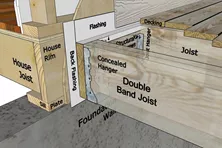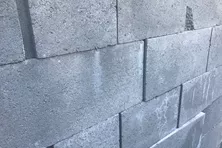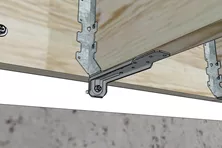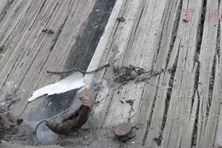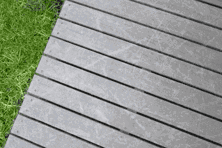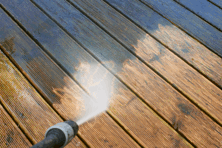Checking the House's Framing Condition
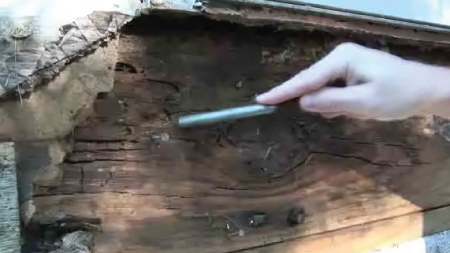
As a general rule, it is best to attach the ledger board directly to the house rim board at the same level as the house floor by fastening through the solid house band into the house floor trusses. If the deck will be built at a different relative elevation than the floors of the house, it will be important to securely bolt into the houses wall studs. If the house has an unfinished basement, you can sometimes locate the floor trusses with a trip inside the house to eliminate any guesswork. If you can’t locate them or they are unsatisfactory for your application, you may need to reinforce the wall by opening the wall to add blocking to ensure a solid ledger connection. This is especially necessary when attaching to the side wall of a garage, which is generally constructed of weaker structural parts.
Once the house’s siding is removed, you will want to check out the wall for any signs of rot or decay. If the wall is obviously damaged, you will need to repair the house wall before proceeding with building the deck. Never attach a deck ledger to a rotten house wall because the fasteners will not be able to make a solid connection.
Attaching the Ledger Board to the House Rim
Learn how to properly install a waterproof ledger board using flashing and fasteners. Check out our step-by-step video and detail drawings.
Attaching the ledger board to hollow block
Our inspector discusses how to attach a deck to a hollow concrete block foundation wall.
Lateral Load Device
Learn about your options for providing lateral load support for your deck. We explain recent code changes affecting deck building.
Best Deck Cleaner Options
Discover the best deck cleaning and brightening solutions for composite decks, wood decks, and more. Learn how to remove dirt, mildew, and algae with Decks.com.
What is Dry Rot and How Can You Prevent Your Deck From Rotting?
Dry rot is a serious problem for wood decks because it compromises its structural integrity. Learn the signs and causes for deck rotting, as well as how to prevent or fix it, at Decks.com.
More Helpful Resources
Explore Articles by Topic
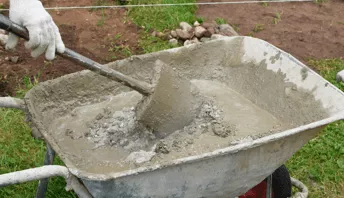
Footings
Information related to installing frost footings for decks
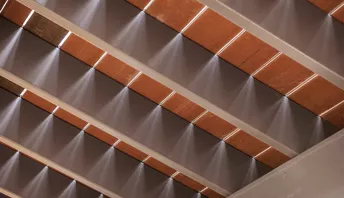
Framing
Learn structural framing methods
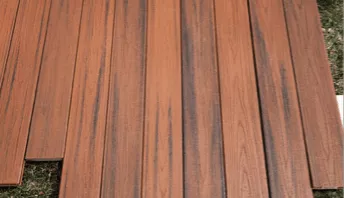
Decking
Learn about wood and composite decking materials
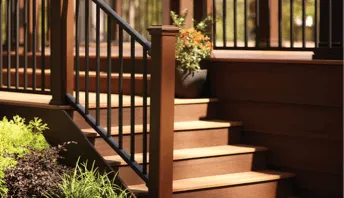
Stairs
An in-depth look at the complex issue of how to build stairs
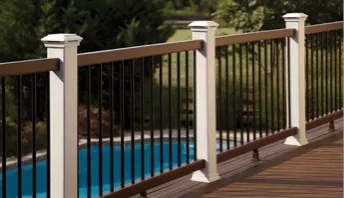
Railings
How to install guardrails and handrails to meet IRC code

Features
An overview on water drainage, benches, planters and lights
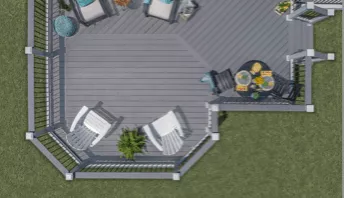
Design
The basics of deck design
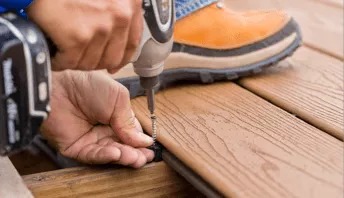
Planning
Learn about permits and working with contractors
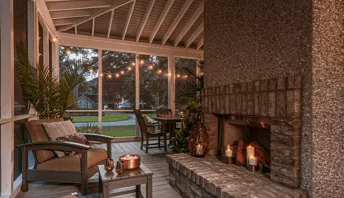
Porches & Patios
Build a covered deck to enjoy all seasons
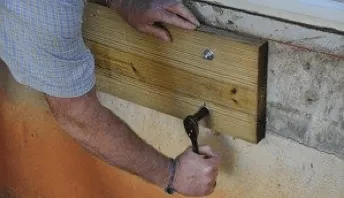
Ledger
Proper attachment techniques
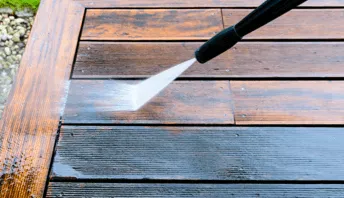
Care
Maintain your deck to maintain your investment
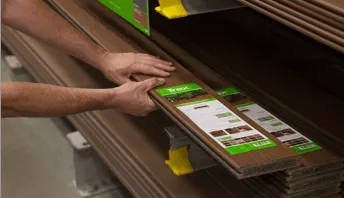
Materials
An overview on water drainage, benches, planters and lights
Attaching the ledger board to hollow block
Our inspector discusses how to attach a deck to a hollow concrete block foundation wall.
Attaching the Ledger Board to the House Rim
Learn how to properly install a waterproof ledger board using flashing and fasteners. Check out our step-by-step video and detail drawings.
Types of Deck Flashing
Compare stainless steel, copper and vinyl flashing materials for waterproofing your deck ledger board.
How to Remove Scuffs and Scratches from Composite Decking
Removing scuffs and scratches can help make your composite deck look like new. Learn how to fix and prevent your composite deck from future scratches.
How to Restore & Refinish a Deck
Decks need maintenance. A twice-yearly cleaning is needed at a minimum. But wood decks—even with good upkeep—can still warp, rot, or get termites. Plus, no stain or paint job lasts forever. Fortunately, you can reset the clock by restoring your deck and refinishing it.
Best Deck Cleaner Options
Discover the best deck cleaning and brightening solutions for composite decks, wood decks, and more. Learn how to remove dirt, mildew, and algae with Decks.com.
Explore Articles by Topic

Footings
Information related to installing frost footings for decks

Framing
Learn structural framing methods

Decking
Learn about wood and composite decking materials

Stairs
An in-depth look at the complex issue of how to build stairs

Railings
How to install guardrails and handrails to meet IRC code

Features
An overview on water drainage, benches, planters and lights

Design
The basics of deck design

Planning
Learn about permits and working with contractors

Porches & Patios
Build a covered deck to enjoy all seasons

Ledger
Proper attachment techniques

Care
Maintain your deck to maintain your investment

Materials
An overview on water drainage, benches, planters and lights




